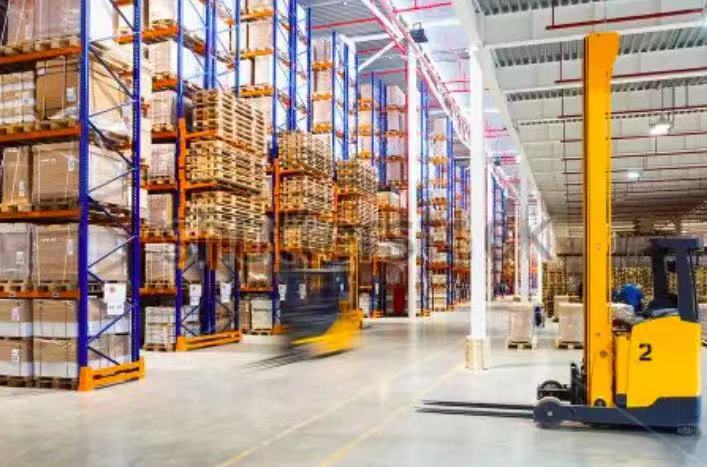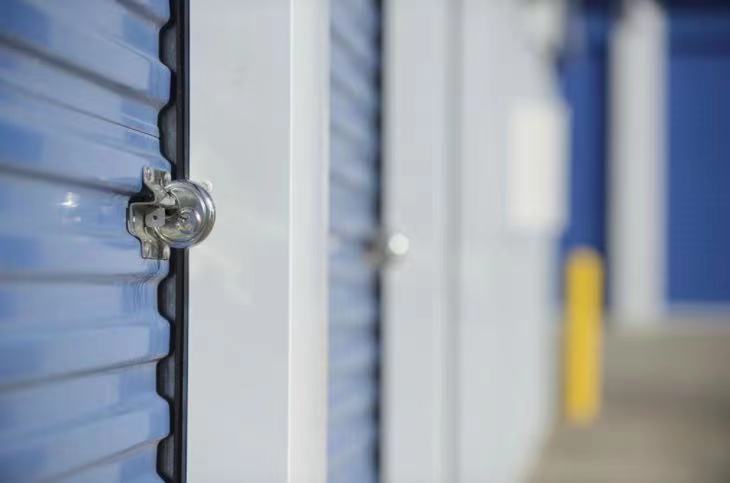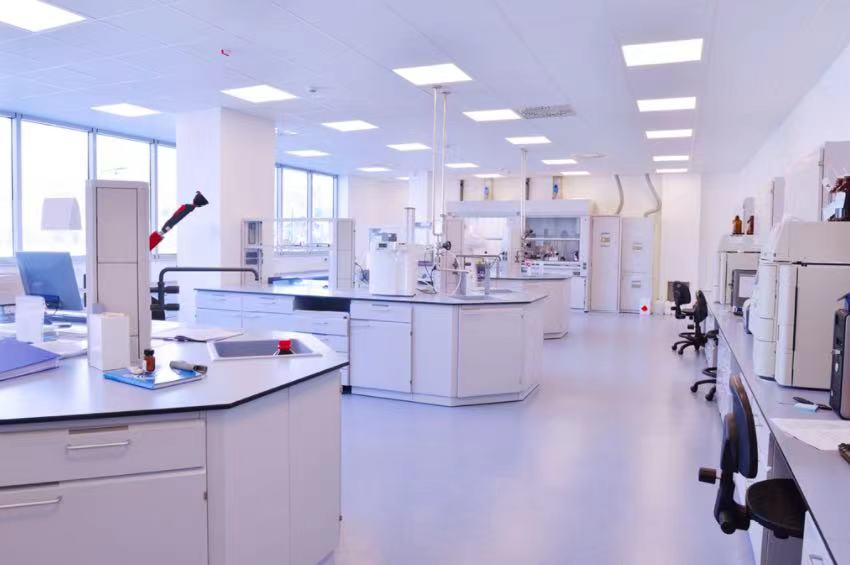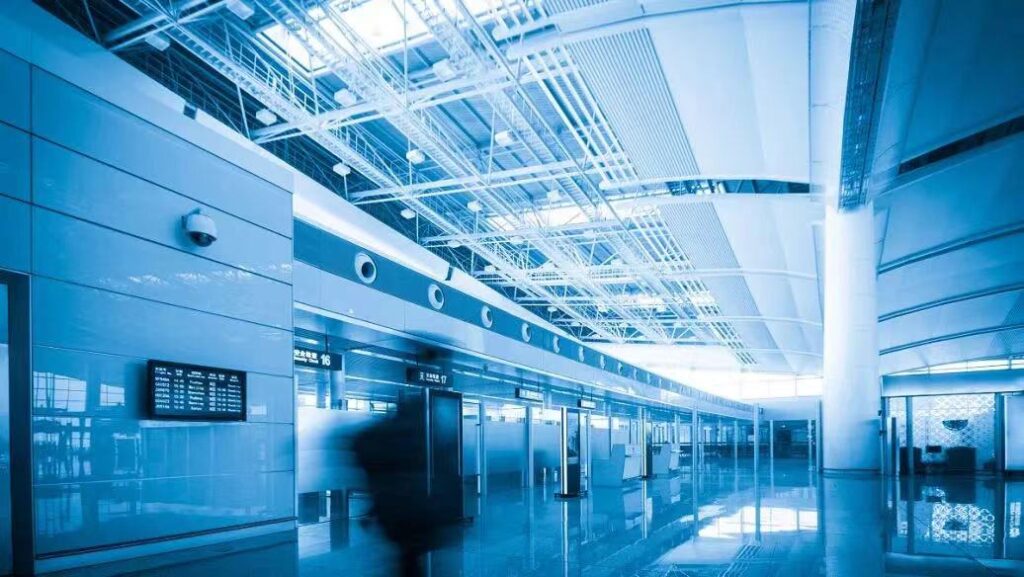The four major “food groups” of commercial real estate — office, multifamily, industrial and retail — occupy most of the headlines around investment and development.
Another one, life sciences, is becoming a mainstream real estate class of its own, given its dominance in markets like Boston, San Diego and the Bay Area. But the Covid-19 pandemic has also diverted investors’ attention and investment into more niche, but downturn-proof, real estate sectors.
“There’s a continued chase for yield, where investors are trying to uncover stability and trying to create and capture predictability of income streams,” said Aaron Jodka, director of U.S. capital markets research at Colliers International Group Inc. (NASDAQ: CIGI). “That has led to growth in areas such as self storage, single-family rental and medical office.”
Here are some of the non-mainstream asset classes seeing renewed interest from capital sources, in 2021 and heading into next year.
Cold storage
Although still a specialized subsector of the broader industrial market, cold storage real estate is heating up in direct response to pandemic-induced trends.
Additionally, much of the nation’s refrigerated and freezer inventory is outdated or even obsolete, propelling — for the first time in awhile — speculative cold-storage development.

“(Many developers are) saying they’re going spec but they’re really holding out for a tenant before finalizing plans,” said John Basile, executive vice president at Oakbrook Terrace, Illinois-based real estate firm NAI Hiffman.
Historically, it’s been a challenge for a developer to convince capital partners to go speculative on cold storage, in part because of how expensive it is to develop cold space than dry warehouses. But the cold-storage sector construction market is expected to reach $18.6 billion in value by 2027, or an increase of 14% each year, according to Emergen Research.
Changes in how people want to food on their plate, how people choose to eat and preferences in the American diet — not to mention disruption of the just-in-time model from recent supply-chain issues — have aided cold storage’s growth, Basile said.
That’s brought new capital sources into cold storage.
“Five years ago, there were only a few speciality buyers for this asset class,” Basile said. Back then, top 20 industrial investors wouldn’t consider buying cold storage at all, he added. “They’ve (now) noticed cold-storage facilities provide some nice returns because they’re not bid down quite as aggressively.”
Self storage
The pandemic started with the self-storage sector actually oversupplied. Developers had, in the years leading up to 2020, been developing self-storage facilities at a rapid clip, which led to double-digit vacancy in some markets.
But shortly after the onset of Covid-19 in March 2020, lease-ups of storage units started to occur.

John Chang, senior vice president and national director of research and advisory services at Marcus & Millichap Inc. (NYSE: MMI), said when colleges moved to remote learning, that prompted many students to move back home, subsequently putting their furniture and other items into self-storage units. Office workers who needed to create at-home workspaces leased units to store items that were cleared away to make room. Finally, Chang said, household formation occurred during the pandemic, one of the key drivers for self-storage usage.
Chang said some wondered whether, in 2021, demand would wane as more in-person activities, including college classes, came back. But the sector remains strong.
As of the third quarter 2021, self-storage had reached an all-time low vacancy of 5.5%, down from a pre-pandemic level of 10.1%, Marcus & Millichap found.
Meanwhile, new self-storage construction has slowed since the pandemic. Chang said about 50 million square feet of self-storage space delivered in 2021, and about 40 million square feet is expected to finish in 2022. In 2018 and 2019, the market was seeing 75 million square feet or so delivered each year.
Construction has been hampered in part because of supply shortages. Chang said the steel used to make self-storage doors is in short supply and costing three times what it did before the pandemic.
Absorption, meanwhile, was about 100 million square feet in 2020 and about 70 million square feet in 2021, Chang said. He said a lot of operators he speaks with report good lease-up but not a lot of people moving out of units.
Millennials are overindexing on self-storage units relative to their share of the population, Marcus & Millichap found. That generation comprises 39% of self-storage users compared to 28% of the overall U.S. population. Gen X, the generation above millennials, leases about 29% of self-storage units and comprises 25% of the population, while baby boomers lease some 23% of self-storage space and make up 27% of the population.
It’s too early to say whether Gen Z, the generation behind millennials, will follow the same pattern, Chang said. But the data suggests lifestyle shifts among generations are providing ripple effects on property sectors, including self storage.
Medical office
Another generationally-driven commercial real estate subsector: medical office. The space saw some loss of momentum in 2020 as elective medical procedures were put on hold but has started to come back this year.
In 2020, medical-office building sales fell by 12.7%, according to CBRE Group Inc. (NYSE: CBRE) research from April. But, CBRE noted, the medical office sector came back quicker than other property types during the global financial crisis.

Vacancy rates for medical office in Q3 were 9.6% nationally. Medical office his historically, and remains, a long-term play for investors, Chang said.
“It’s a buy-and-hold strategy,” he said. “The long-term thinking is that, over time, medical office space will remain in demand.”
Although telemedicine has become more ubiquitous during the pandemic, both the CBRE report and Chang didn’t think it would have a material impact on medical-office space usage in the long term, like remote work may have on traditional office space.
One of the key factors bolstering the medical office sector’s long-term forecast is the aging boomer population. The U.S. population aged 65 or older is forecasted to grow by 28% in the next decade, while the population aged 85 or older will grow an estimated 25%.
Data centers
A recent investor survey conducted by Colliers International found investors are bullish on two alternative, or specialty, property types more than any other: life sciences and data centers.
Global capital sources are flocking to data centers as connectivity and infrastructure have become more paramount through the Covid-19 pandemic, Jodka said. In the first half of 2021, data-center absorption in the United States was 273.6 megawatts across 13 markets, according to Jones Lang Lasalle Inc. (NYSE: JLL) research.

Construction is ramping up, too, from 611.8 megawatts at the end of 2020 to 680.8 megawatts in the first half of 2021.
Still, data centers remain a specialized sector of commercial real estate that a lot of capital sources are still trying to gain a foothold in. Getting there may be challenging.
“There should be opportunities for investors to enter the space but because there is relatively scarcity for these assets, it does drive up the price and creates a supply-demand imbalance,” Jodka said.
A lot of institutional groups are buying major portfolios or, as evidenced through several deals this year, are acquiring companies to beef up their portfolios, to gain scale in the sector quickly.
Data centers, which frequently represent billions in investment apiece, are still being built but because they’re so specialized, they’re not built speculatively, Jodka said.
“Development tends to have a tenant in mind or it’s specially developed for a user,” he continued.
The Article is from Austin Business Journal, copyright belongs to owner





